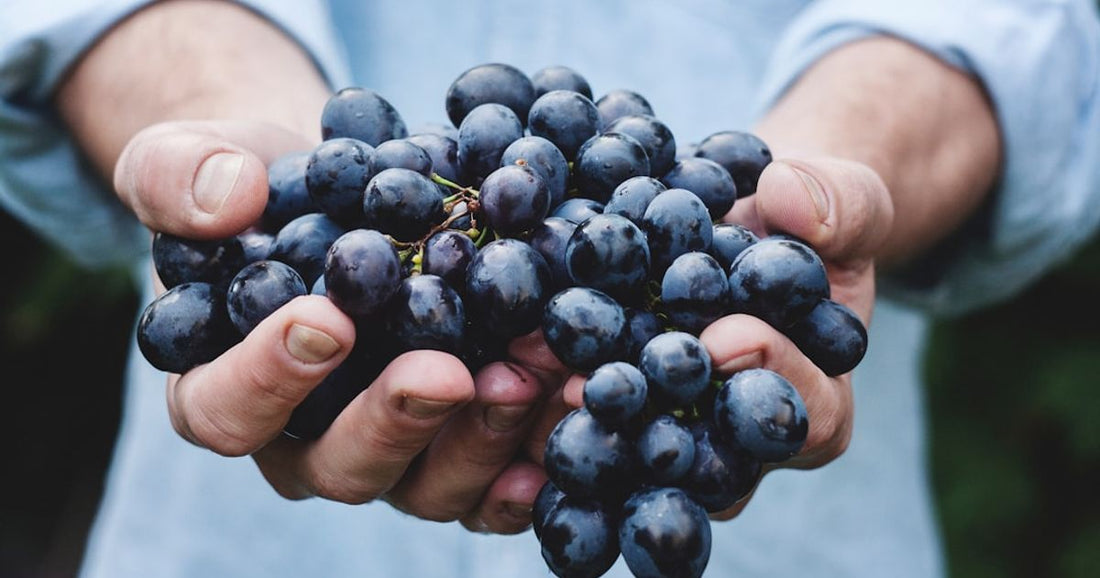
Professional Tips for Aging Spanish Wine
Share
Aging Spanish wine is both an art and a science, a delicate process that transforms a good wine into something extraordinary. The journey from vineyard to cellar and finally to your glass is fraught with decisions that can significantly impact the wine's quality and taste. In this comprehensive guide, we'll explore the critical aspects of aging Spanish wine, from the importance of cellar conditions to the optimal timeframes for aging different types of wines. Whether you're a seasoned collector or a curious enthusiast, understanding these principles will enhance your appreciation for Spanish wine and perhaps inspire you to start a collection of your own.
Key Takeaways
- Understand the Basics: Knowing the fundamental aspects of wine aging is crucial. This includes recognizing the types of wines that benefit most from aging and understanding the role of oxygen in the aging process.
- Optimal Cellar Conditions: Maintaining the right temperature, humidity, and light conditions in your cellar can significantly affect the aging process.
- Choosing the Right Timeframe: Different Spanish wines age gracefully over various periods. Learning these timeframes can help you enjoy your wines at their peak.
- The Role of the Bottle: The type of bottle and cork used can influence a wine's aging potential.
- Regular Monitoring: Keeping an eye on your wine collection will ensure that any potential issues are addressed before they affect the wine's quality.
Understanding the Basics of Wine Aging
Aging wine is a complex process that affects the flavor, aroma, and texture of the wine. Not all wines are meant to be aged; some are best enjoyed while young and fresh. However, certain Spanish wines, particularly those with higher tannin levels, acidity, and concentration, can improve significantly with age.
The Importance of Tannins and Acidity
Tannins and acidity are two critical components that contribute to a wine's aging potential. Tannins, found in grape skins, seeds, and stems, act as natural preservatives that help the wine age gracefully. Acidity, on the other hand, maintains the wine's freshness and balance over time. Spanish wines, especially reds from regions like Rioja and Ribera del Duero, are known for their robust tannin structure and lively acidity, making them excellent candidates for aging.
The Role of Oxygen in Aging
Oxygen plays a pivotal role in the aging process. When wine is exposed to oxygen, it undergoes a series of chemical reactions that can enhance its complexity and soften tannins. However, too much oxygen can lead to oxidation, which deteriorates the wine. The trick is to control the wine's exposure to oxygen, which is typically achieved through the cork. The cork allows a tiny amount of oxygen to interact with the wine over the years, facilitating a slow and controlled aging process.
Creating the Perfect Cellar Conditions
The environment in which wine ages can significantly impact its development. The ideal cellar conditions include a consistent temperature, proper humidity levels, and minimal light exposure.
Temperature and Humidity
The optimal temperature for aging wine is between 12°C and 14°C (54°F to 57°F). Fluctuations in temperature can cause the wine to age prematurely or develop undesirable characteristics. Humidity also plays a crucial role; a humidity level of around 70% is ideal. Too much humidity can lead to mold growth, while too little can cause the cork to dry out and crumble, allowing air to enter the bottle and oxidize the wine.
Light Exposure and Vibration
Wine should be stored in a dark place, as exposure to light, especially UV light, can degrade the wine's quality over time. Additionally, the storage area should be free from vibrations, which can disturb the sediments in the wine, potentially affecting its flavor and texture.
Choosing the Right Timeframe for Aging
Not all Spanish wines age at the same rate. Factors such as the wine's varietal, the winemaking process, and the vintage year all influence the optimal aging period.
Aging Timeframes for Different Types of Wine
Red wines, particularly those from prestigious regions like Rioja and Ribera del Duero, can be aged for several decades under the right conditions. White wines, including those made from the Albariño grape, generally have a shorter aging potential but can still develop complexity over a few years. For specific guidance on aging timeframes, refer to our article on How to Identify Quality Rioja Wine.
The Importance of Vintage
The vintage year can significantly impact a wine's aging potential. Wines from years with ideal growing conditions—balanced temperatures, adequate rainfall, and a lack of extreme weather events—tend to age better than those from more challenging vintages. Consulting vintage charts or seeking advice from wine experts can help you determine the best aging strategy for your wines.
Monitoring and Enjoying Your Aged Wine
Aging wine is not a "set it and forget it" process. Regular monitoring and proper serving techniques are essential to fully appreciate the fruits of your patience.
Regular Monitoring
Inspect your wine collection periodically for signs of leakage, mold, or cork deterioration. If you notice any issues, it may be time to open the bottle and enjoy it before it's too late. Additionally, consider investing in a wine fridge or professional storage solution to ensure optimal aging conditions.
Serving Aged Wine
When it's time to open an aged bottle, do so with care. Use a proper wine opener to avoid breaking the cork, and consider decanting the wine to separate it from any sediment that may have formed. Serve the wine at the appropriate temperature to fully appreciate its complexity and nuances.
Aging Spanish wine is a rewarding endeavor that requires knowledge, patience, and attention to detail. By understanding the basics of wine aging, creating the perfect cellar conditions, choosing the right timeframe for aging, and properly monitoring and serving your wine, you can elevate your wine experience to new heights. Whether you're savoring a bottle of aged Rioja or exploring the aging potential of organic Spanish wines, the journey is sure to be as enriching as the destination. For more insights into the world of Spanish wine, explore our articles on The Role of Spanish Wine Councils and Why Choose Organic Spanish Wines?.


